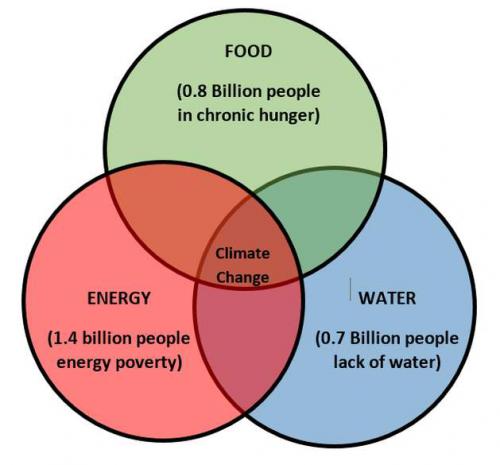
Breaking News
 Lumber Prices Are Flashing a Warning Sign for the U.S. Economy
Lumber Prices Are Flashing a Warning Sign for the U.S. Economy
 The Cost Of Living The American Dream For A Lifetime Has Reached A Whopping 5 Million Dollars
The Cost Of Living The American Dream For A Lifetime Has Reached A Whopping 5 Million Dollars
 Reverse Erectile Dysfunction FAST (Without Viagra)
Reverse Erectile Dysfunction FAST (Without Viagra)
 Who's Buying Up America's Farmland? The Land Grab You Need to Know About
Who's Buying Up America's Farmland? The Land Grab You Need to Know About
Top Tech News
 Methylene chloride (CH2Cl?) and acetone (C?H?O) create a powerful paint remover...
Methylene chloride (CH2Cl?) and acetone (C?H?O) create a powerful paint remover...
 Engineer Builds His Own X-Ray After Hospital Charges Him $69K
Engineer Builds His Own X-Ray After Hospital Charges Him $69K
 Researchers create 2D nanomaterials with up to nine metals for extreme conditions
Researchers create 2D nanomaterials with up to nine metals for extreme conditions
 The Evolution of Electric Motors: From Bulky to Lightweight, Efficient Powerhouses
The Evolution of Electric Motors: From Bulky to Lightweight, Efficient Powerhouses
 3D-Printing 'Glue Gun' Can Repair Bone Fractures During Surgery Filling-in the Gaps Around..
3D-Printing 'Glue Gun' Can Repair Bone Fractures During Surgery Filling-in the Gaps Around..
 Kevlar-like EV battery material dissolves after use to recycle itself
Kevlar-like EV battery material dissolves after use to recycle itself
 Laser connects plane and satellite in breakthrough air-to-space link
Laser connects plane and satellite in breakthrough air-to-space link
 Lucid Motors' World-Leading Electric Powertrain Breakdown with Emad Dlala and Eric Bach
Lucid Motors' World-Leading Electric Powertrain Breakdown with Emad Dlala and Eric Bach
 Murder, UFOs & Antigravity Tech -- What's Really Happening at Huntsville, Alabama's Space Po
Murder, UFOs & Antigravity Tech -- What's Really Happening at Huntsville, Alabama's Space Po
Water and Energy are tightly linked

* Billions of gallons of water are used each day in the United States for energy production
* huge amounts of energy are consumed in pumping, treating, heating, and delivering water.
* More than 12 percent of the energy used in the U.S. is for water production
* water is a substantial limiter on energy production
One of the top priorities for innovation is desalination. Reverse osmosis has been the state-of-the-art in water desalination for half a century. While it's used in thousands of desalination plants around the world, the process is costly and highly energy intensive, without a lot of room left for improvement.
Berkeley Lab researchers are working on a number of approaches to efficiently separate salt from water, whether it's seawater or brackish water, ranging from understanding the fundamental properties of water at the nanoscale to advanced technologies for water treatment. For example, Dan Miller is leading investigation of a membrane that can yield a higher rate of desalination while also being resistant to fouling, a major obstacle in cost-effective desalination.
And Chinmayee Subban is developing a technology that uses electrochemistry to treat brackish water, which is about one-third as saline as seawater and is prevalent in the United States and other parts of the world, largely as naturally occurring groundwater or through coastal intrusion. Water treated with this technology could be ideal for use in agricultural irrigation.
Another project already underway is groundwater banking, a way to basically save rainwater for a sunny day. In collaboration with the Almond Board of California, Berkeley Lab researcher Peter Nico is testing how best to do groundwater aquifer recharge, combining ground-based and airborne techniques to get geophysical images of the subsurface.

 Tiny briefcase engine boosts EV range beyond battery power
Tiny briefcase engine boosts EV range beyond battery power 

